



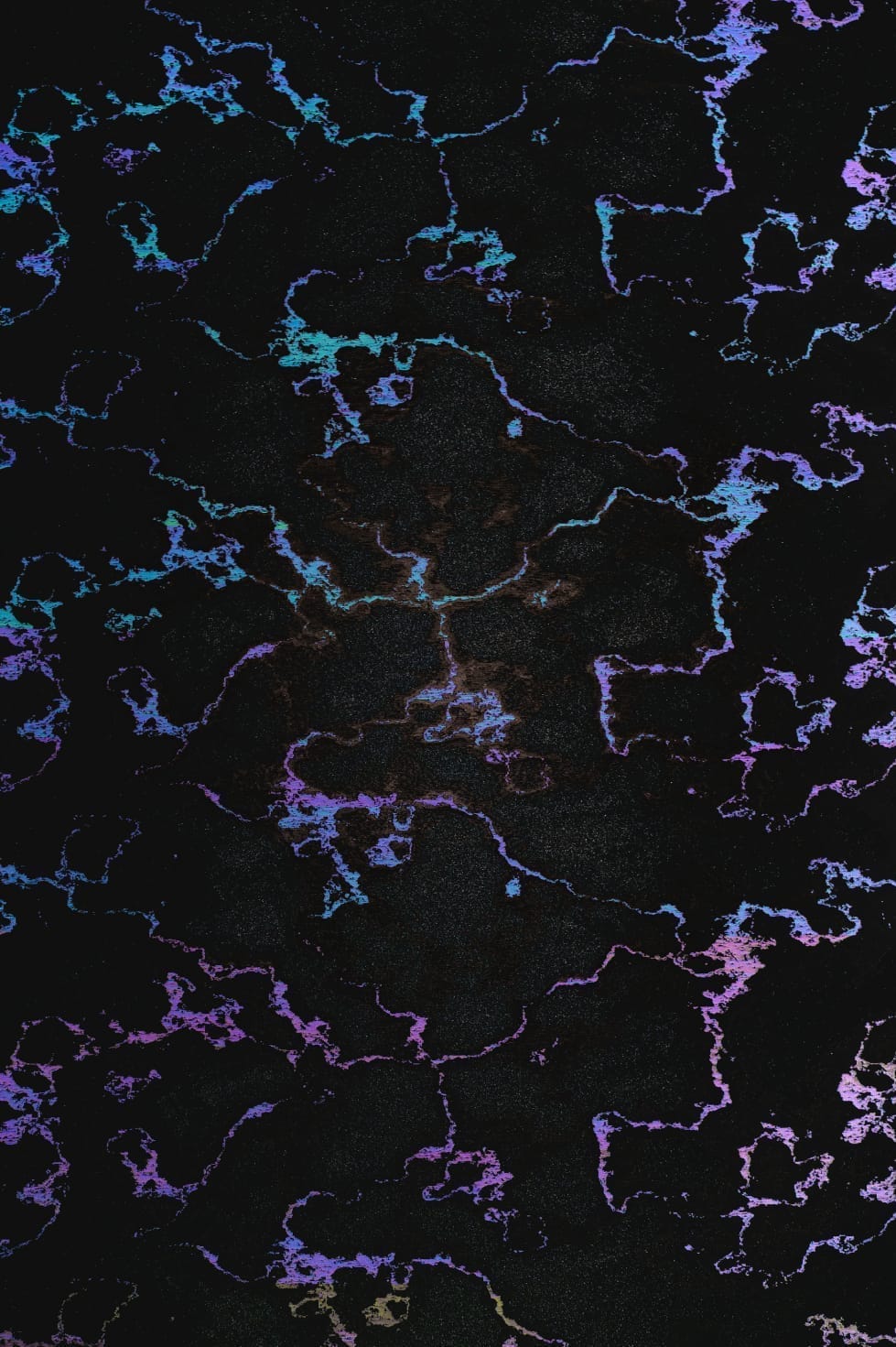
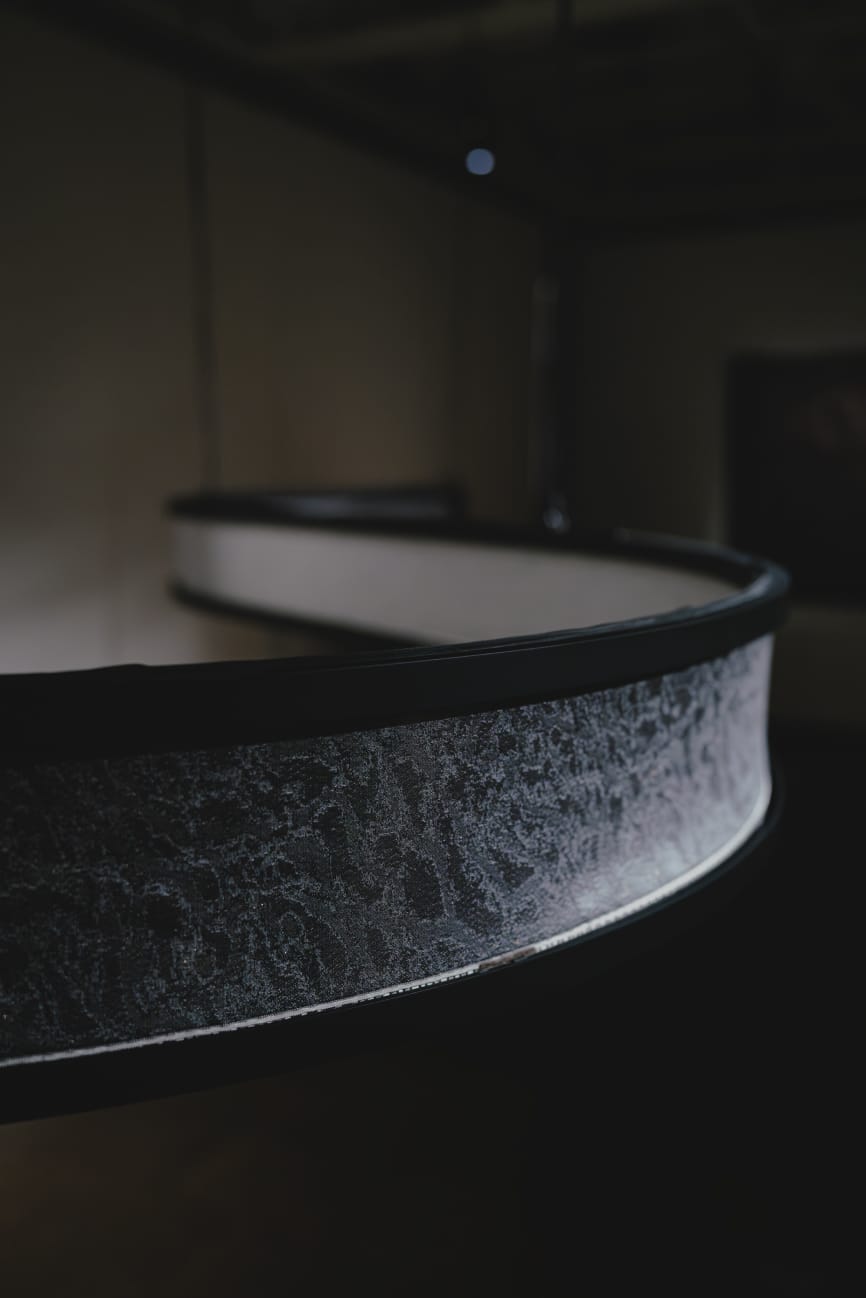
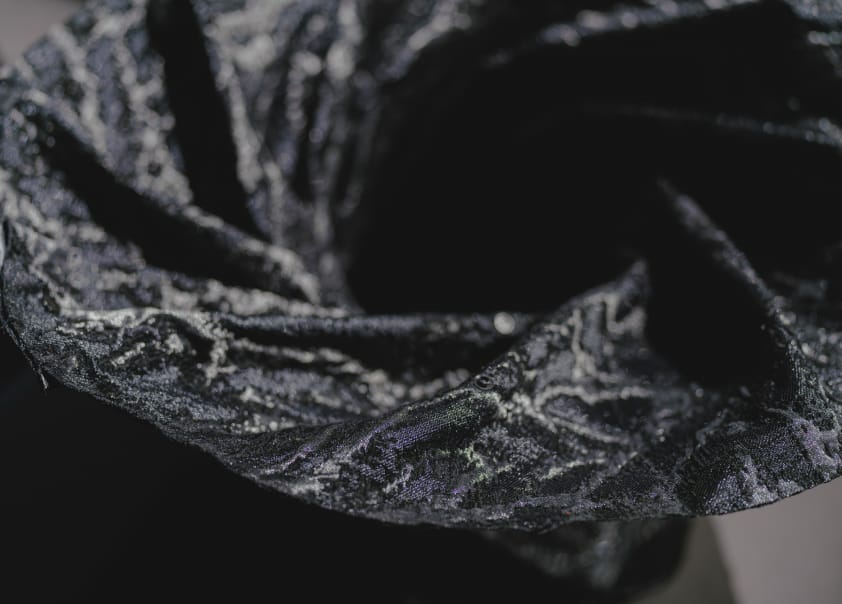
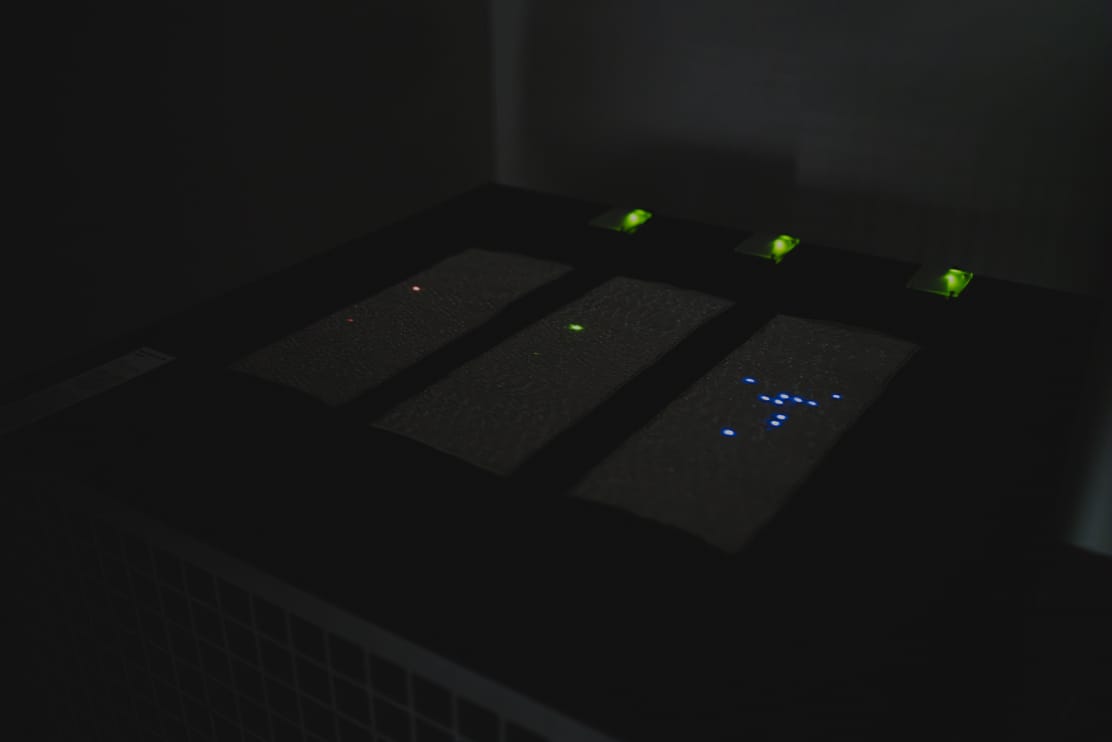

Introduction
The pursuit of creating textiles that combine functionality with beauty by weaving traditional crafts and technologies.
In 2020, Yasuaki Kakehi Lab, UTokyo, Hosoo Co., Ltd., and ZOZO NEXT, Inc. launched a joint research and development project for new textiles. Aiming to combine various functions and expressions that mediate between the surrounding environmental information and textiles, this project has created the concept of Ambient Weaving, which refers to textiles that express environmental information or weaving the environment itself into textiles, and has presented this concept through various artworks.
In this exhibition, we present The Ambient Weaving Collection which is a collection of works and prototypes that combine functionality with beauty by integrating the interaction technologies and knowledge of art and design from Yasuaki Kakehi Lab, the advanced materials and device technologies from ZOZO NEXT, and the techniques and designs of Hosoo's Nishijin brocade.
In addition to two works that were part of receiving the STARTS Prize Honorary Mention 2022 that have attracted attention at overseas exhibitions, a new series of prototypes from ongoing research and development called Woven Prototypes (WP) will be exhibited for the first time domestically and internationally. From textiles which can be assembled into various shapes by weaving carbon material as beam structures (WP004 <Pillars>) to textile displays that emit light in a dot matrix by precisely weaving in organic EL foils for the weft and conductive threads for the warp (WP007 <Pixels>), a number of prototypes incorporating new technological elements will be on display.
In this exhibition, we present The Ambient Weaving Collection which is a collection of works and prototypes that combine functionality with beauty by integrating the interaction technologies and knowledge of art and design from Yasuaki Kakehi Lab, the advanced materials and device technologies from ZOZO NEXT, and the techniques and designs of Hosoo's Nishijin brocade.
In addition to two works that were part of receiving the STARTS Prize Honorary Mention 2022 that have attracted attention at overseas exhibitions, a new series of prototypes from ongoing research and development called Woven Prototypes (WP) will be exhibited for the first time domestically and internationally. From textiles which can be assembled into various shapes by weaving carbon material as beam structures (WP004 <Pillars>) to textile displays that emit light in a dot matrix by precisely weaving in organic EL foils for the weft and conductive threads for the warp (WP007 <Pixels>), a number of prototypes incorporating new technological elements will be on display.
Ambient Weaving Collection
R&D: Yasuaki Kakehi Lab, The Univ. of Tokyo, Hosoo Co, Ltd., ZOZO
NEXT, Inc.
Yasuaki Kakehi Lab, The Univ. of Tokyo
Research and Artwork Production: Yasuaki Kakehi, Yumi Nishihara, Yahui Lyu
HOSOO GALLERY
Direction: Masataka Hosoo
Textile Production: Kanaya Hiroshi, Kobata Mikiko, Yasuta Naotoku, Sawayanagi Keisuke, Nakaoji Kohei, Moriya Yuki, Hayashida Sakura, Uchibe Kotaro
Research: Rurihiko Hara, Kumiko Idaka
ZOZO NEXT, Inc.
Satoshi Nakamaru, Kotaro Tajima, Kayato Sasaki, Motoki Takano, Michika Saji
Website Development Cooperation: Shuhei Takeda, Mie Kwon
Yasuaki Kakehi Lab, The Univ. of Tokyo
Research and Artwork Production: Yasuaki Kakehi, Yumi Nishihara, Yahui Lyu
HOSOO GALLERY
Direction: Masataka Hosoo
Textile Production: Kanaya Hiroshi, Kobata Mikiko, Yasuta Naotoku, Sawayanagi Keisuke, Nakaoji Kohei, Moriya Yuki, Hayashida Sakura, Uchibe Kotaro
Research: Rurihiko Hara, Kumiko Idaka
ZOZO NEXT, Inc.
Satoshi Nakamaru, Kotaro Tajima, Kayato Sasaki, Motoki Takano, Michika Saji
Website Development Cooperation: Shuhei Takeda, Mie Kwon
Technical Cooperation: NIPPON SHOKUBAI CO., LTD., FUJIFILM Corporation
Photography and Videography: Oomph Inc.
Spatial Construction: Hakuten Corporation.
Yasuyuki Onuma, Kohei Kumazaki, Riho Moroto
Exhibition Organizer: Yasuaki Kakehi Lab, The Univ. of Tokyo, Hosoo Co, Ltd., ZOZO NEXT, Inc., MITSUBISHI ESTATE CO., LTD.
Exhibition Support: Tokyo Marunouchi Innovation Platform
Photography and Videography: Oomph Inc.
Spatial Construction: Hakuten Corporation.
Yasuyuki Onuma, Kohei Kumazaki, Riho Moroto
Exhibition Organizer: Yasuaki Kakehi Lab, The Univ. of Tokyo, Hosoo Co, Ltd., ZOZO NEXT, Inc., MITSUBISHI ESTATE CO., LTD.
Exhibition Support: Tokyo Marunouchi Innovation Platform
About Collection
作品紹介
This curated collection comprises two pieces from the exhibition Ambient Weaving - Environments and Textiles, embodying the concepts developed in a joint research project. Additionally, 6 works were carefully selected from Woven Prototypes, a number of prototypes which materialize technological seeds of on-going research and development endeavours.

Ambient Weaving
Wave of Warmth
In this work, the color of the fabric changes according to the temperature of the surrounding environment. By coating both sides of Japanese washi paper with ink containing leuco pigment that changes color when it reaches a certain temperature, and cutting it, the paper is woven into the weft as foil paper. When the temperature rises above 25 degrees celsius, the color changes from black to blue, and when the temperature drops, the color returns to black. This reversible and real-time transformation opens people's consciousness by visually appealing to changes in temperature.
Pattern / Wave
Material / Silk, Polyester, Washi + Silver, Nylon, Leuco laminated thred
Material / Silk, Polyester, Washi + Silver, Nylon, Leuco laminated thred
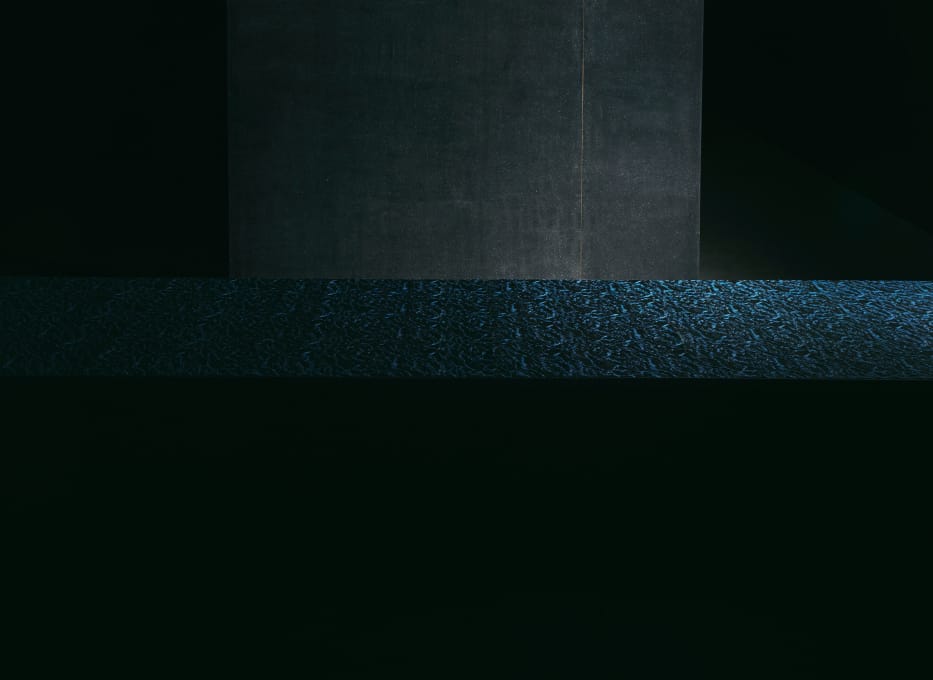
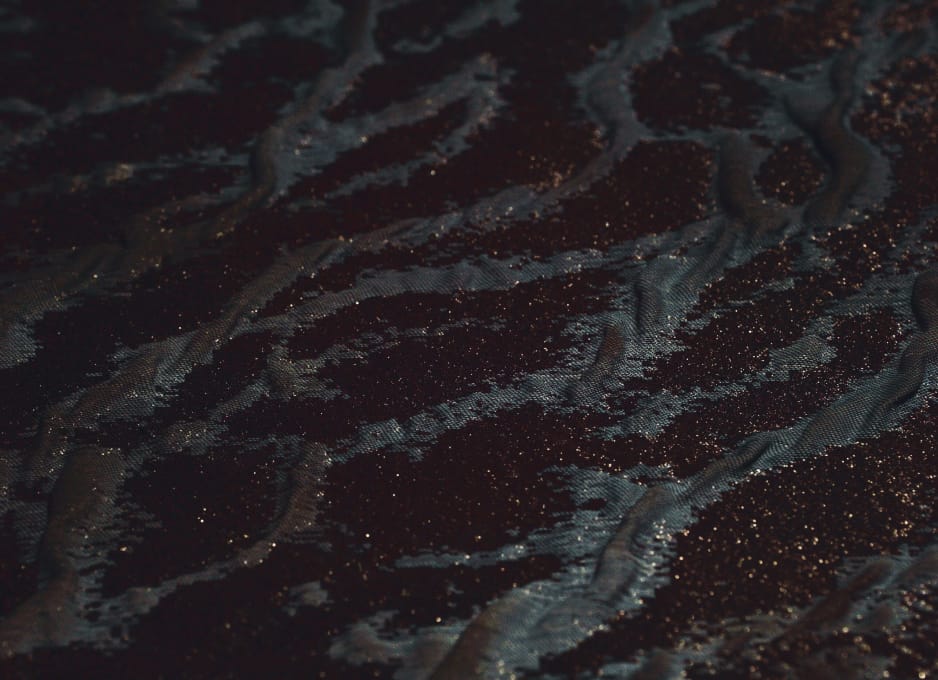
Photo : -
Video
Ambient Weaving
Drifting Colors
This textile applies chromatography, a technique for separating substances invented by the Russian botanist Mikhail Tsvett. Dyeing originally refers to the absorption and fixation of dye to thread. However, in this work, each dye moves through the thread at different speeds due to the differences in charge, mass, and hydrophobicity. Maintaining the humidity and moisture levels causes this separation and movement, allowing the color to change dynamically even after the dye has penetrated the thread.
Pattern / Cleopatra
Material / Rayon, Cotton, Polyester, Nylon, Polyolefin heat shrink tubing
Material / Rayon, Cotton, Polyester, Nylon, Polyolefin heat shrink tubing
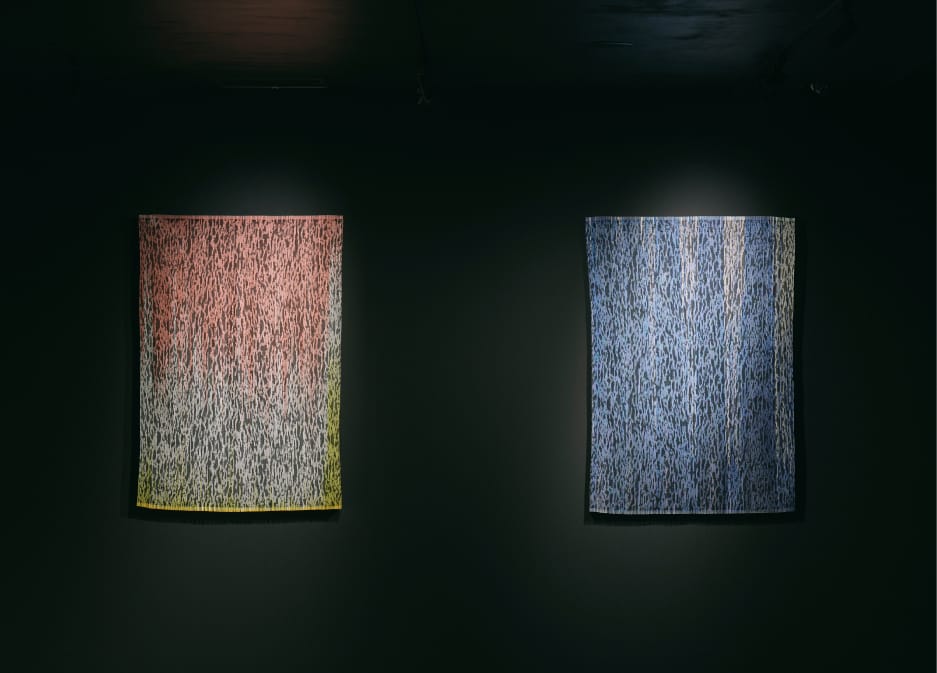
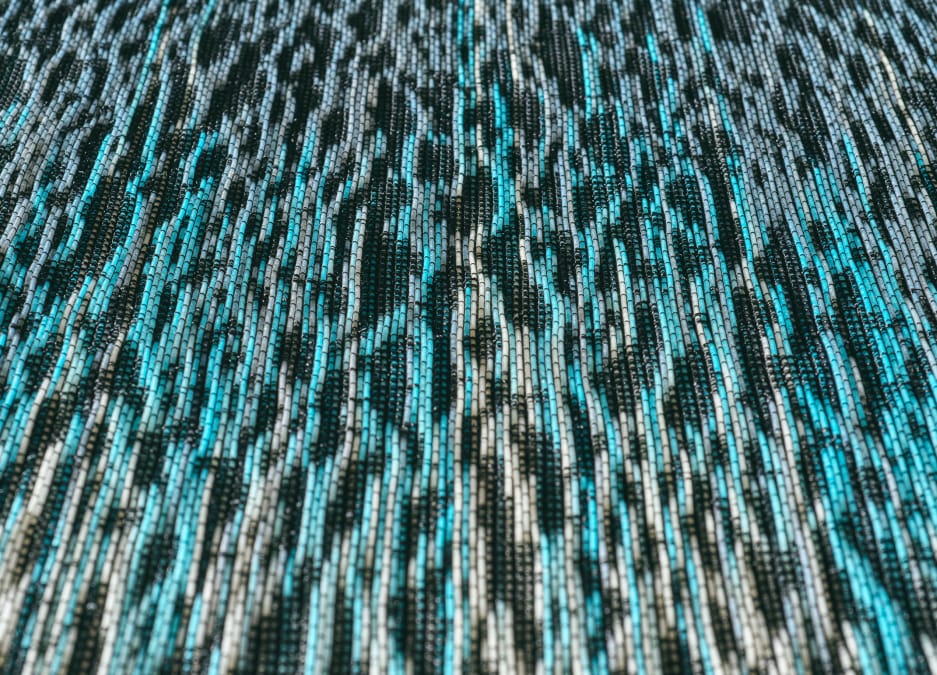
Photo : -
Video
Woven Prototypes
WP001 <Sounds>
This textile functions as a speaker by weaving in piezoelectric polymer films with electrodes on both sides as foils. The audio-electrical signals exclusively make the weft portions vibrate, causing selective regions to generate sound. Sound dispersion can also be modified based on the textile's form. Moreover, as the textile can let external sounds pass through, this textile can facilitate unconventional sound effects such as superimposing sound from the textile onto environmental sounds.
Pattern / Wave
Material / Silk, Polyester, Cupra, Rayon, Piezoelectric film
Material / Silk, Polyester, Cupra, Rayon, Piezoelectric film
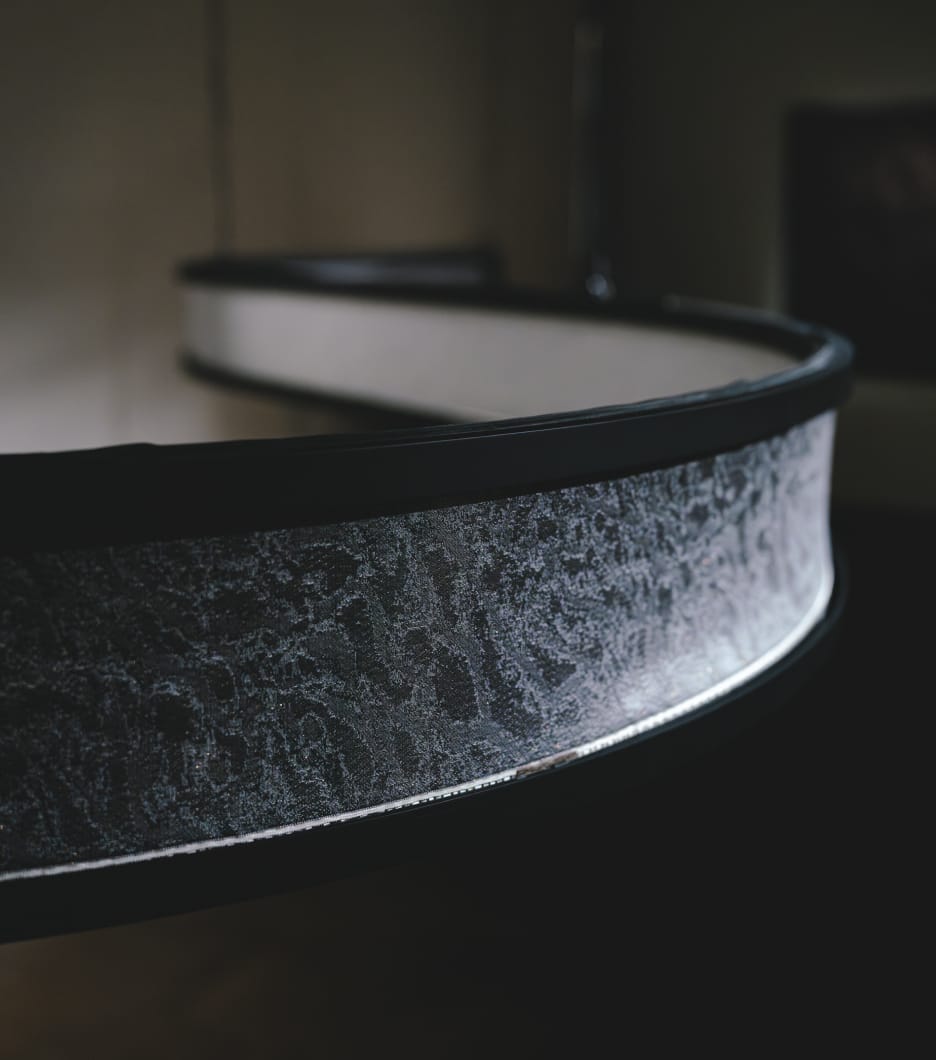
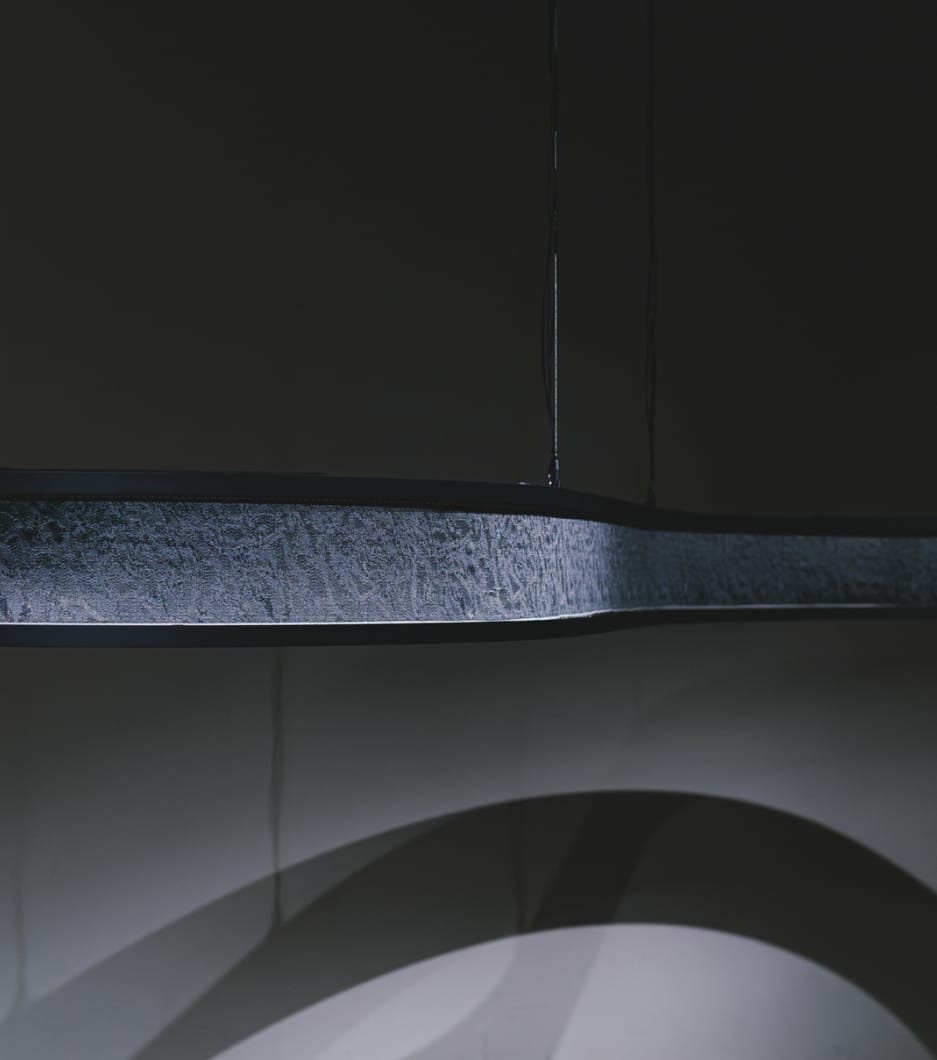
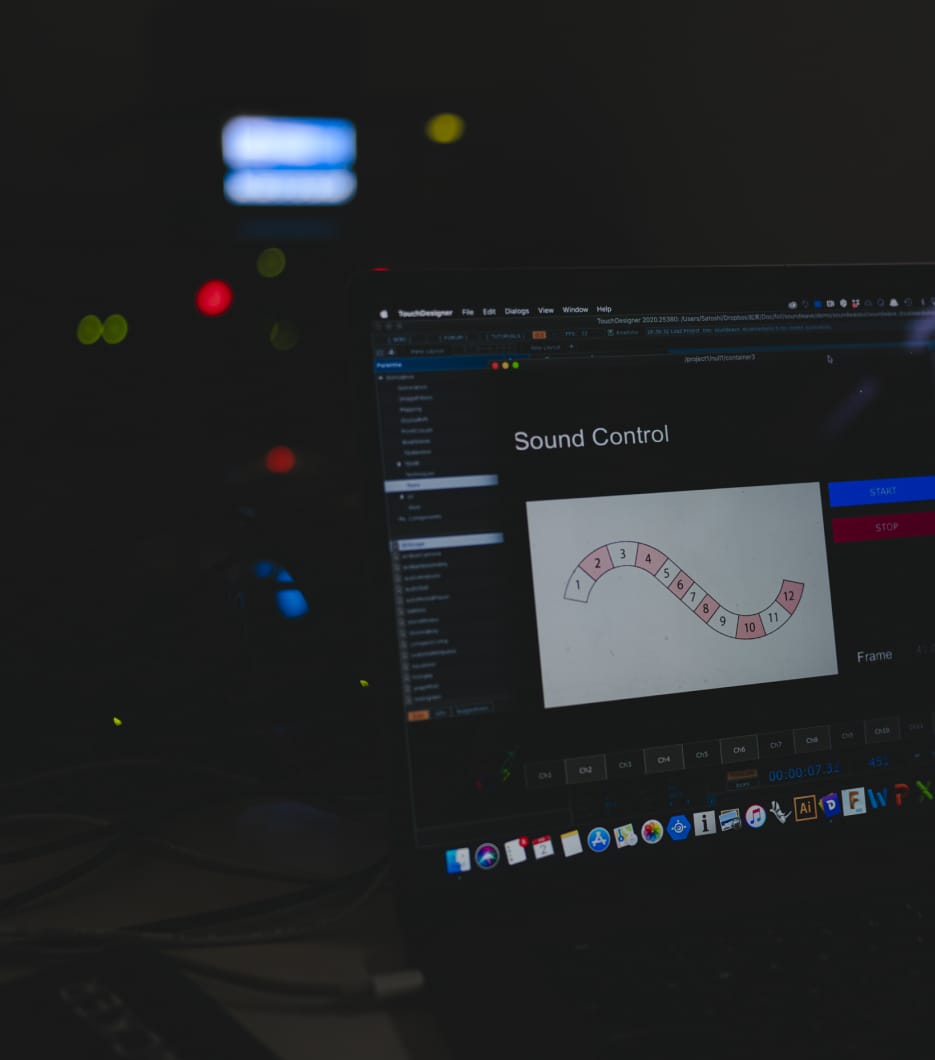
Photo : - -
Video
Woven Prototypes
WP002 <Optical Unveil>
The appearance of this textile changes depending on the incident light and the observer’s position. Foil threads with retroreflective beads and a thin interference layer are woven into the textile, showing interference colors corresponding to the optical length of the incident light’s angle. Due to the three-dimensional structure of Nishijin, the foil threads display a spectrum of colors, enabling viewers to appreciate the change in appearance caused by the relative position between the textile and the observer. The technology of this prototype can also be woven at a larger scale using mass production looms.
Pattern / Lightning
Material / Polyester, Washi + Silver, Retroreflective thred
Material / Polyester, Washi + Silver, Retroreflective thred
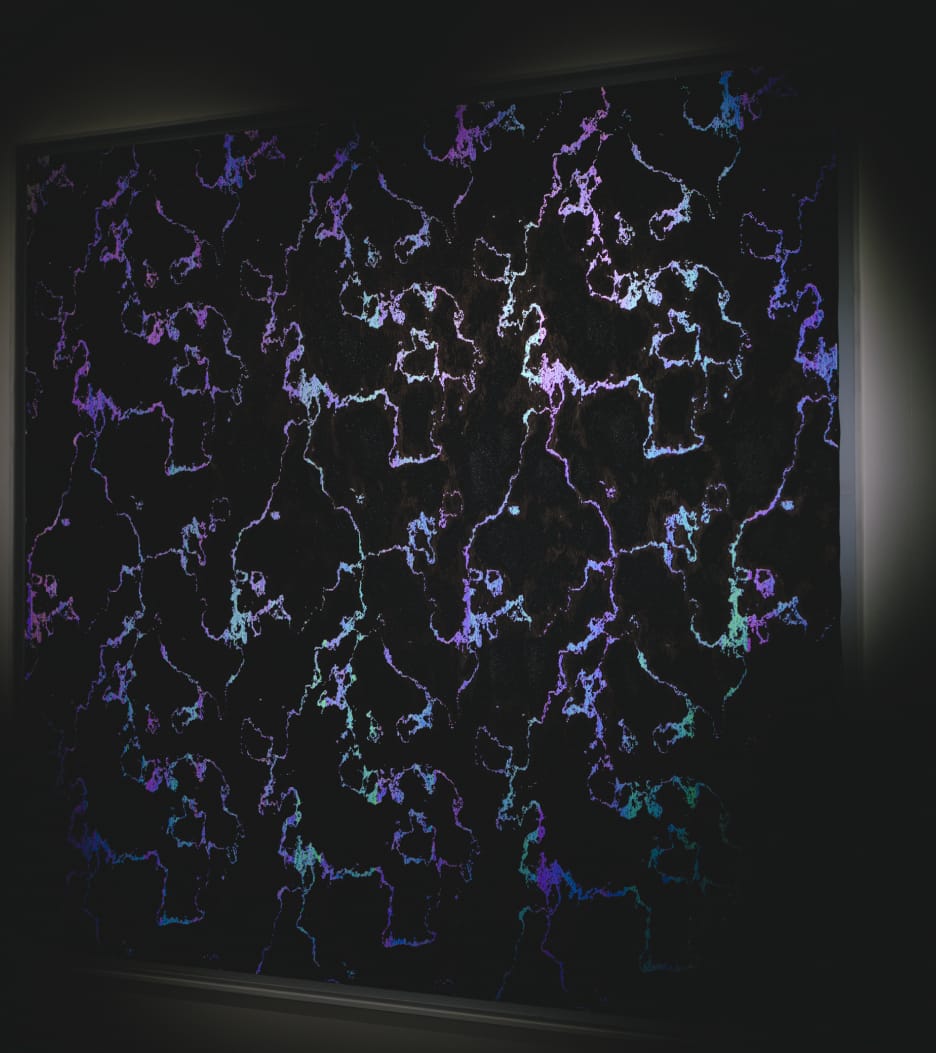

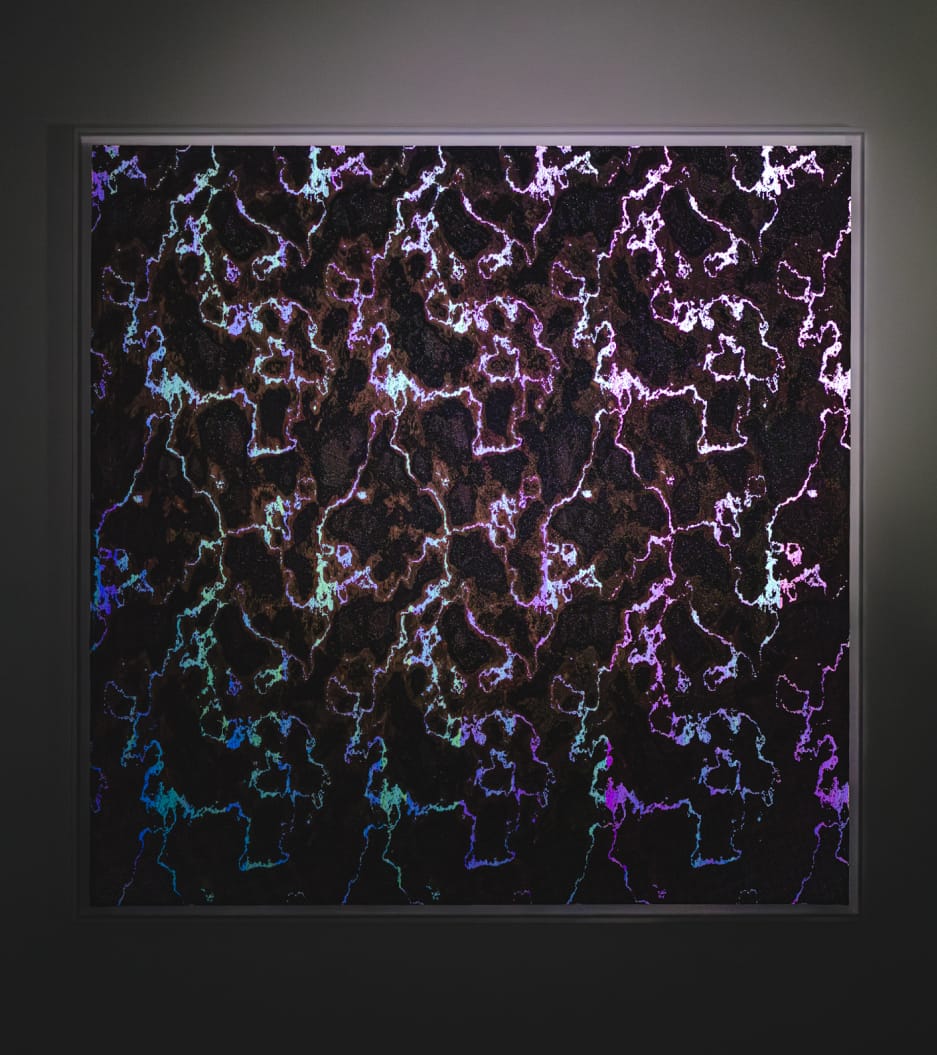
Photo : - -
Video
Woven Prototypes
WP003 <Layers>
In this installation, light is shone through two overlapping textiles to reveal color. Foils consisting of polarizers and Oriented Polypropylene (OPP) tape are woven into the textiles. As light traverses through the overlaid textiles, birefringence occurs, causing polarized colors to appear. Despite utilizing the same materials, the textiles exhibit multiple colors by altering the orientation of the polarizers, adjusting the thickness of the tape and arranging the sequence of foils to create a color pattern. The textiles’ appearance also dynamically changes depending on the viewed position.
Pattern /Ripple Marks
Material / Silk, Bemberg, Polyester, Washi + silver, Nylon, Polarizer, OPP tape
Material / Silk, Bemberg, Polyester, Washi + silver, Nylon, Polarizer, OPP tape
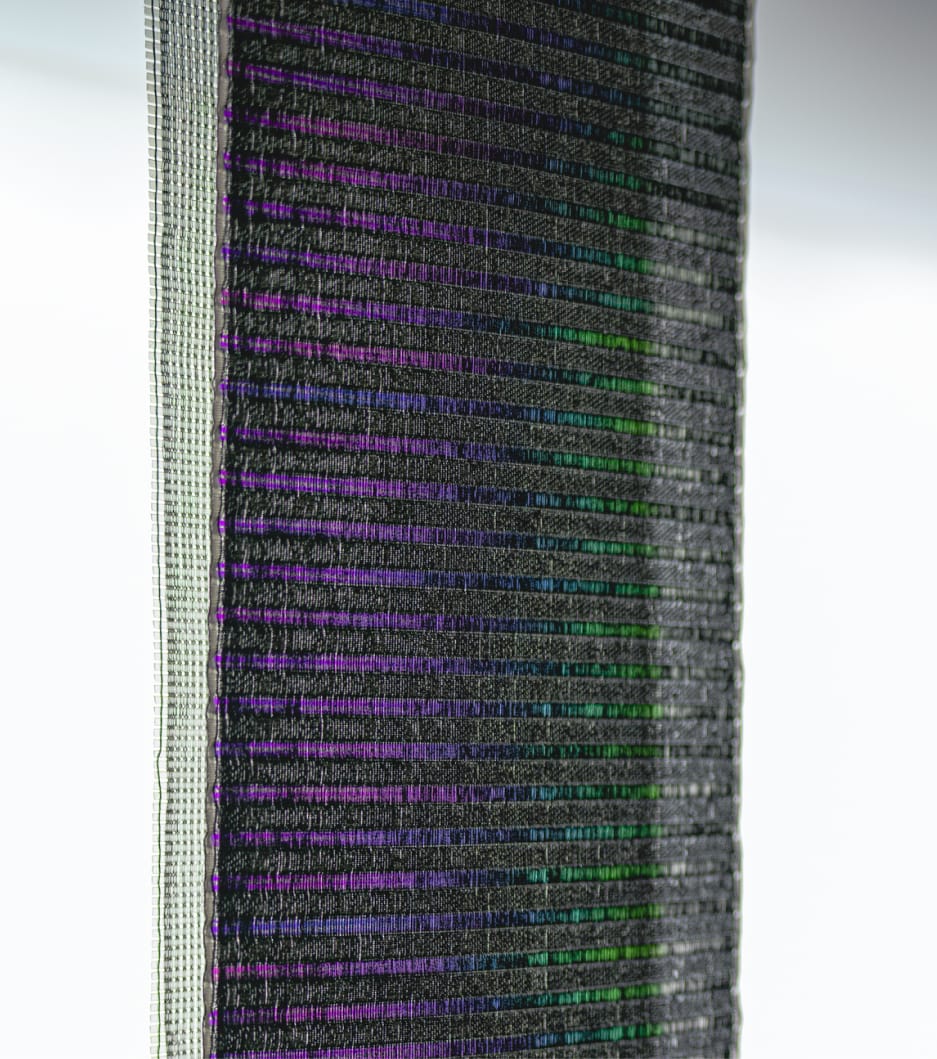


Photo : - -
Video
Woven Prototypes
WP004 <Pillars>
This rollable piece of textile can be formed into three-dimensional shapes. Tough carbon bars in two lengths are woven into the weft in intervals. The ends of these bars can be connected using snap buttons, allowing the textile to transition into three-dimensional forms which were designed through simulations. By altering the order and positioning of connections, it is possible to create multiple shapes using the same textile. The three exhibited shapes represent the stages of a blooming flower (a bud, half-opened and fully-opened) and were made using the same textile design.
Pattern / Wave
Material / Silk, Polyester, Rayon, Washi + Silver, Acrylic, Carbon bar
Material / Silk, Polyester, Rayon, Washi + Silver, Acrylic, Carbon bar
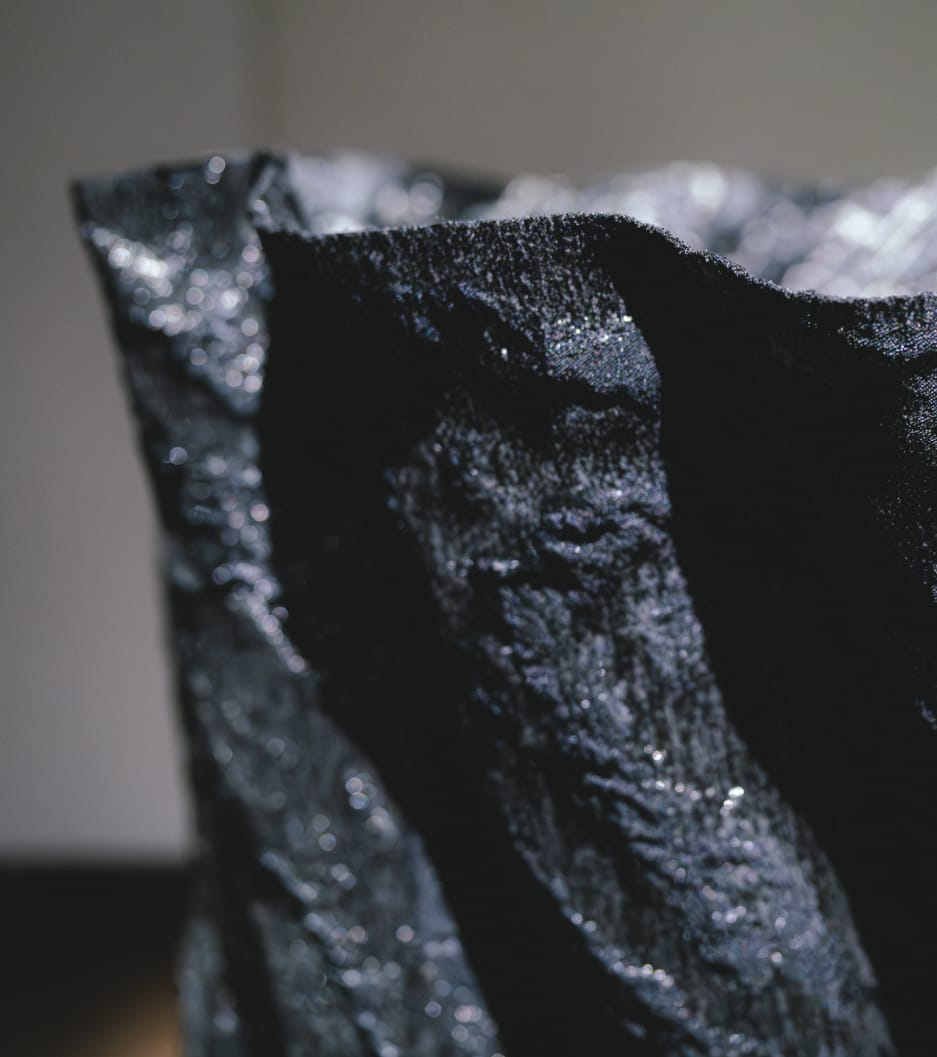


Photo : - -
Video
Woven Prototypes
WP006 <Iridescence>
The surface and shadow of this textile shows different appearances through the layering of specialized foil materials. By printing a pattern with microstructure-controlled ink on the surface of the film woven as the weft of the textile, it selectively reflects specific wavelengths to create a metallic sheen. Through overlapping multiple films in a particular order and weaving them into the textile, the textile’s transmitted light and reflected light from the back side superimpose. This gives rise to color variations and moiré patterns stemming from periodic shifts in the intricate printing pattern.
Pattern / Ripple Marks
Material / Silk, Polyester, Rayon, Washi + silver, Nylon, Structure colored film
Material / Silk, Polyester, Rayon, Washi + silver, Nylon, Structure colored film
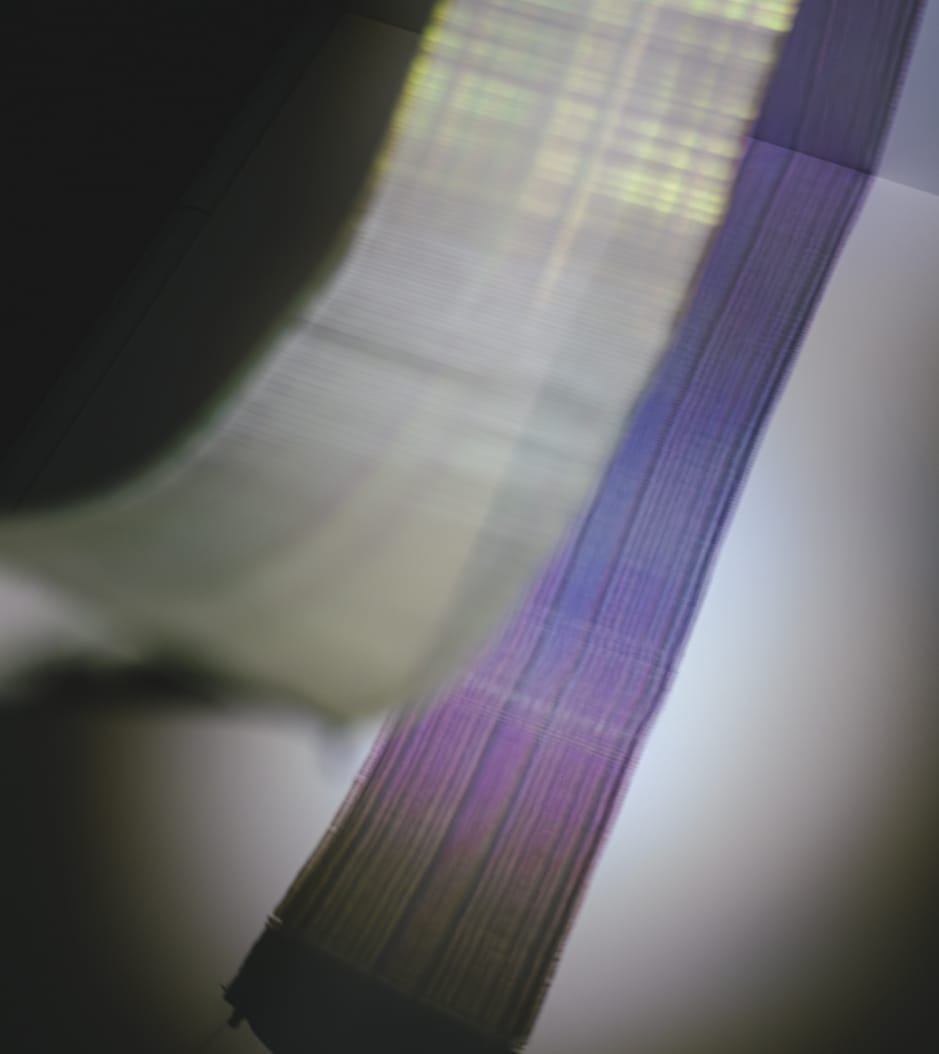
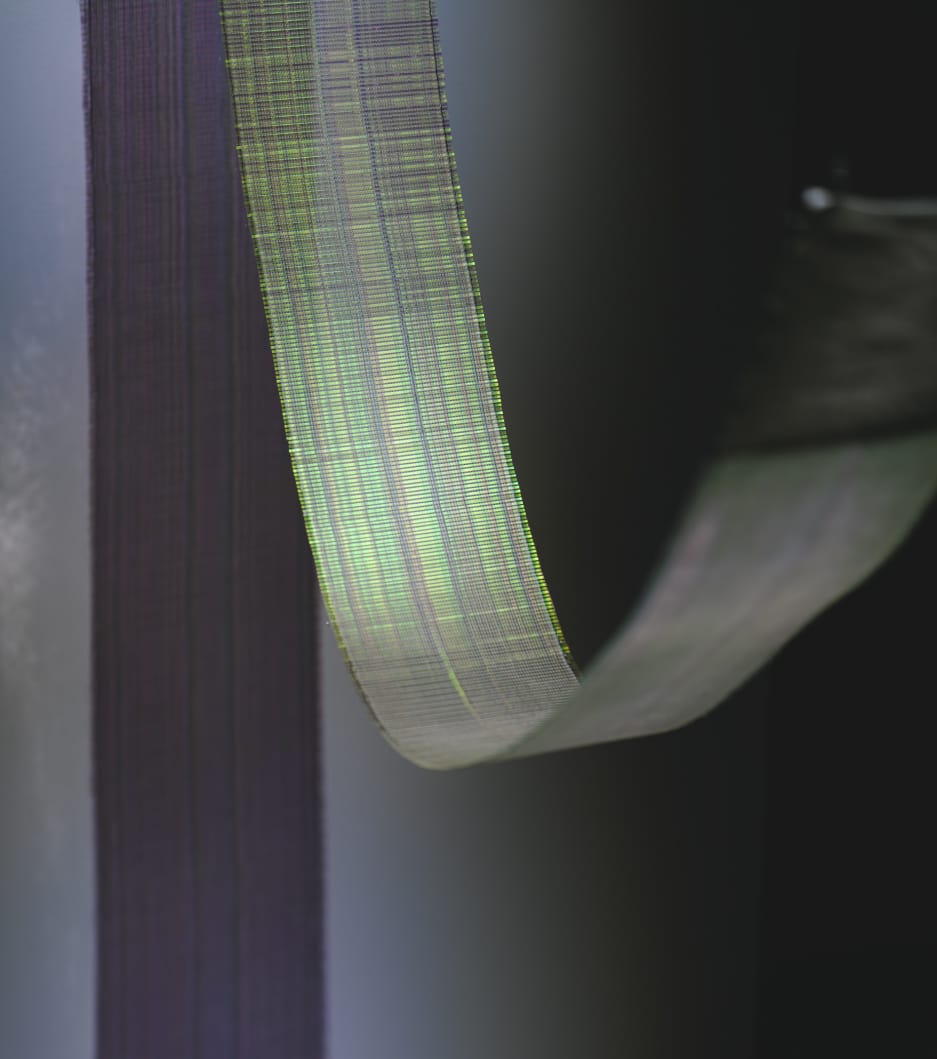
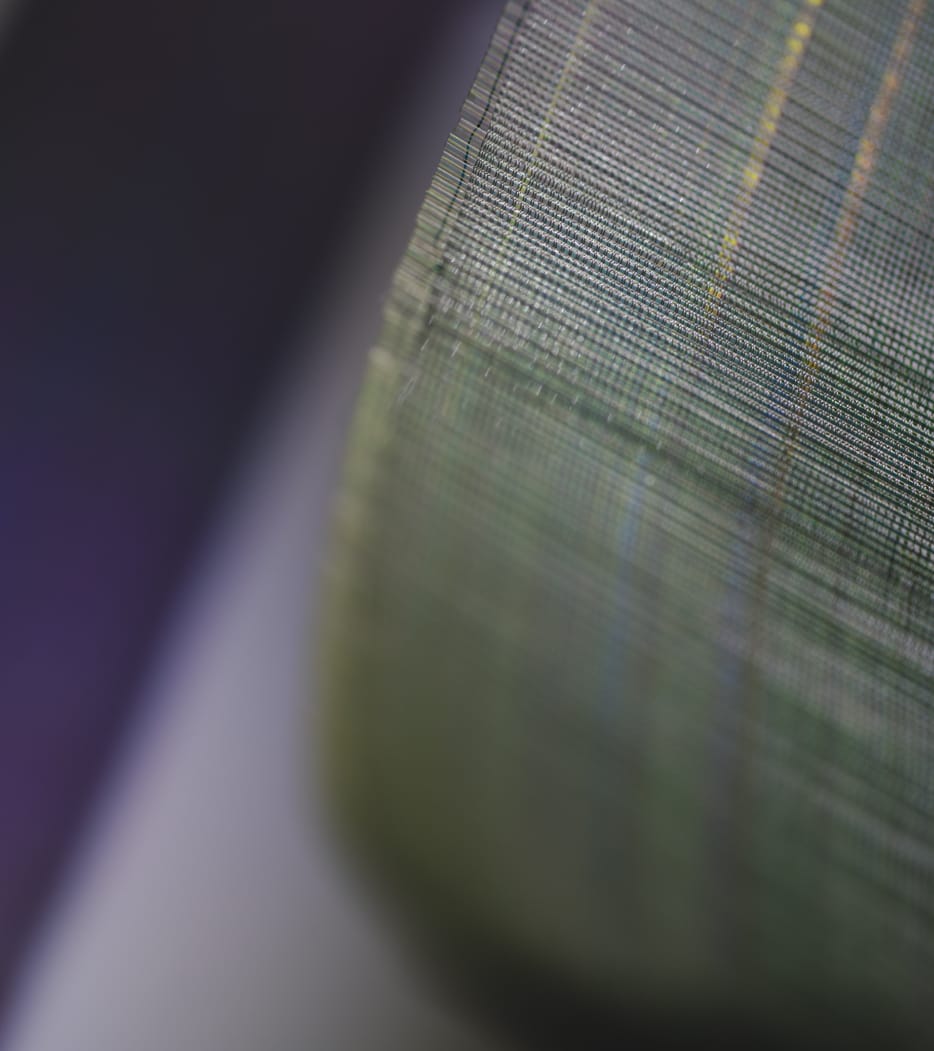
Photo : - -
Video
Woven Prototypes
WP007 <Pixels>
This textile emits light in a dot matrix configuration. The organic light emitting diodes (OLED) foils woven into the weft of this textile produce light upon applying an electric current to them. The intersecting points between the OLED and the conductive threads utilized as the warp establish the matrix circuit. As the foils are woven to the back side of the textile, they do not interfere with the Nishijin’s design even when the lights are off. Furthermore, it is possible to design flexible textiles in a weaving length that is scalable.
Pattern / Blink
Material / Silk, Polyester, Washi + Silver, Nylon, Organic light-emitting diode (OLED)
Material / Silk, Polyester, Washi + Silver, Nylon, Organic light-emitting diode (OLED)

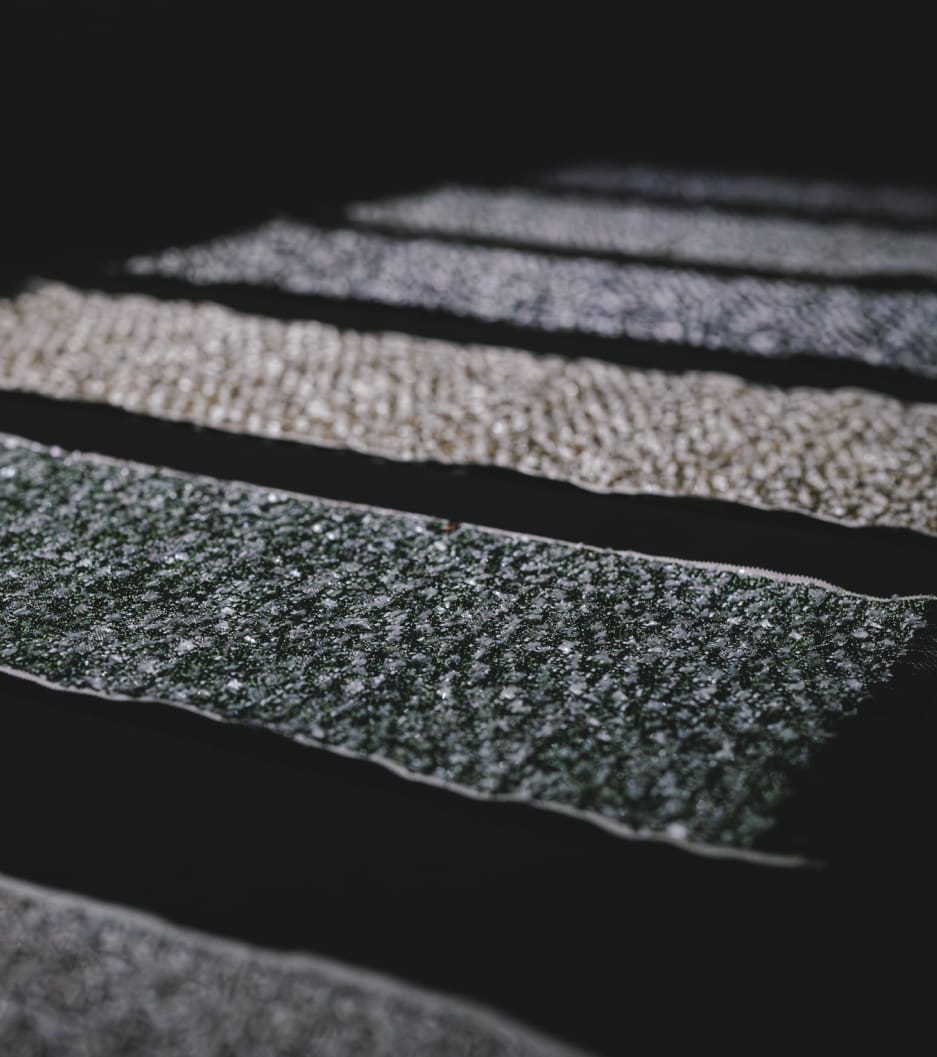
Photo : -
Video

Event Outline
展示会概要
Yasuaki Kakehi Lab, UTokyo × Hosoo Co., Ltd. × ZOZO NEXT, Inc.
Exhibition of Joint Research Results
Exhibition of Joint Research Results
Ambient Weaving Collection
-環境と織物-
Dates &
Hours
Hours
Tuesday, August 1, 2023
12:00-17:00
Wednesday, August 2 - Monday,
August 7, 2023
11:00-20:00
12:00-17:00
Wednesday, August 2 - Monday,
August 7, 2023
11:00-20:00
Venue
Admission
Free
Have a Nice Tokyo! (HaNT) is a tourist communication center that presents the attractions of Tokyo and Japan to workers and visitors in the Marunouchi area, as well as to domestic and international tourists. As a venue for informing people in Japan and abroad the diverse attractions of Tokyo and Japan, including tourism resources, culture, food, and technology, this facility serves three functions: tourism, information dissemination, and product sales.

